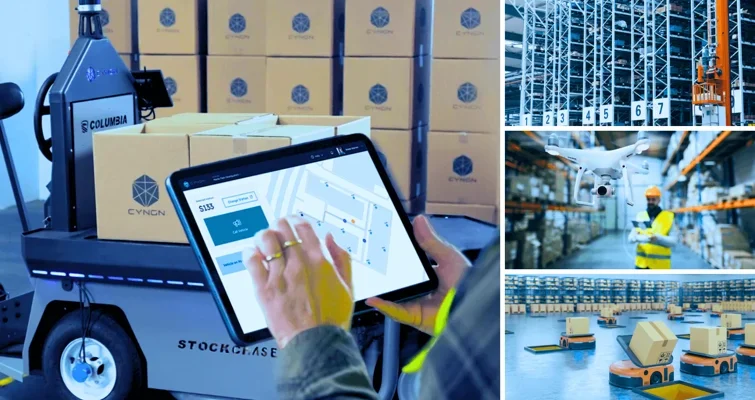Modern warehouses operate beyond basic shelf storage, manual handling, and hardware systems—smart facilities of the contemporary era function through data analysis combined with automation and real-time decision processing. The changes in customer and operational requirements have led to a significant transformation in modern warehouse operations.
Data: The New Warehouse Driver
Warehouse system evolution centers on data collection as its essential component. Warehouses gather a complete flow of information through their scanners, sensors, and equipment, along with software systems. Proper evaluation of warehouse data yields the following results:
- Slowdowns in movement or picking
- Inventory inaccuracies or shortages
- Warehouses need to anticipate employee requirements that will arise during anticipated busy times
The gained warehouse insights allow managers to improve warehouse operations, such as, facility layouts and work schedules and spot equipment failure, before equipment breakdowns.
Real-Time Visibility with IoT
The Internet of Things (IoT) enables instant awareness on the warehouse floor through its implementation. The warehouse floor gets real-time product and shelf status reports through sensors installed on pallets as well as products and shelves.
- Exact location
- Temperature and humidity levels
- Movement history
Leaks in freezer sections, which cause temperature elevations, prompt immediate alert systems that protect products from spoiling. Petty errors caused by items getting misplaced can be prevented by tracking solutions that clearly display the items’ locations.
Automation Meets Intelligence
Modern warehouses employ advanced techniques beyond conveyors for their operations. Autonomous mobile robots (AMRs), together with robotic arms and automated storage systems, can be found in most warehouses today. These machines:
- Adjust their route paths during actual operating time.
- Pick and pack goods faster.
- Protect personnel from injuries and minimize workplace accidents.
Technology integration allows automation to transition from a reactive system to a proactive one by detecting potential operational disturbances before they occur.
Virtual Replicas Named Digital Twins for Testing
Through virtual testing, it is possible to evaluate new warehouse layouts while leaving all shelves in their original locations. Digital twins make that possible. The digital model provides an exact duplicate of your warehouse facilities to allow:
- Simulate workflow changes
- Forecast performance outcomes based on experimental warehouse interior designs.
- Test operational changes risk-free.
Quantitative simulation enables better planning procedures while minimizing expenses along with disruption levels.
Green Warehousing Through Data
Sustainability has climbed to the position of primary concern across the world. Through data analysis, organizations detect ways to decrease energy waste through their electricity usage and equipment behavior patterns. The combination of intelligent systems enables automated lighting operations, handles HVAC management, and monitors waste output, which minimizes environmental impacts on the warehouse.
The Human Element Still Matters
Technology complements human workers even within high-tech workplace environments. Facilities that implement wearables along with augmented reality (AR) and user-friendly interfaces allow their workers to maintain high levels of efficiency. Technology provides aid to workers instead of their replacement by enhancing operational speed and safety together with precision through technological tools.
Future warehouse operations will be led by organizations that fully implement data systems and automation coupled with advanced planning principles.














Comments